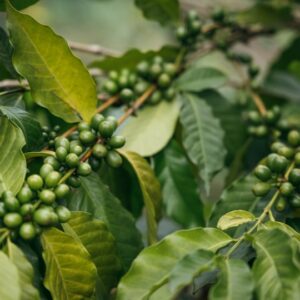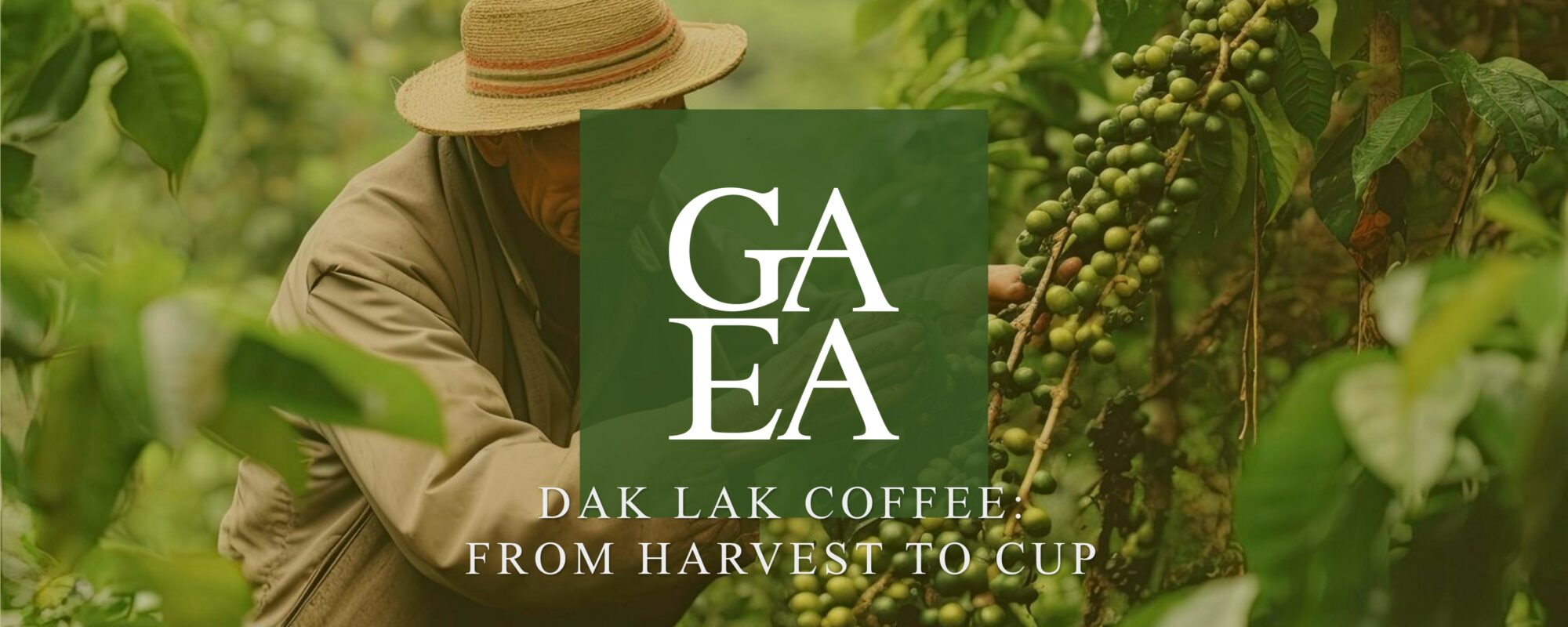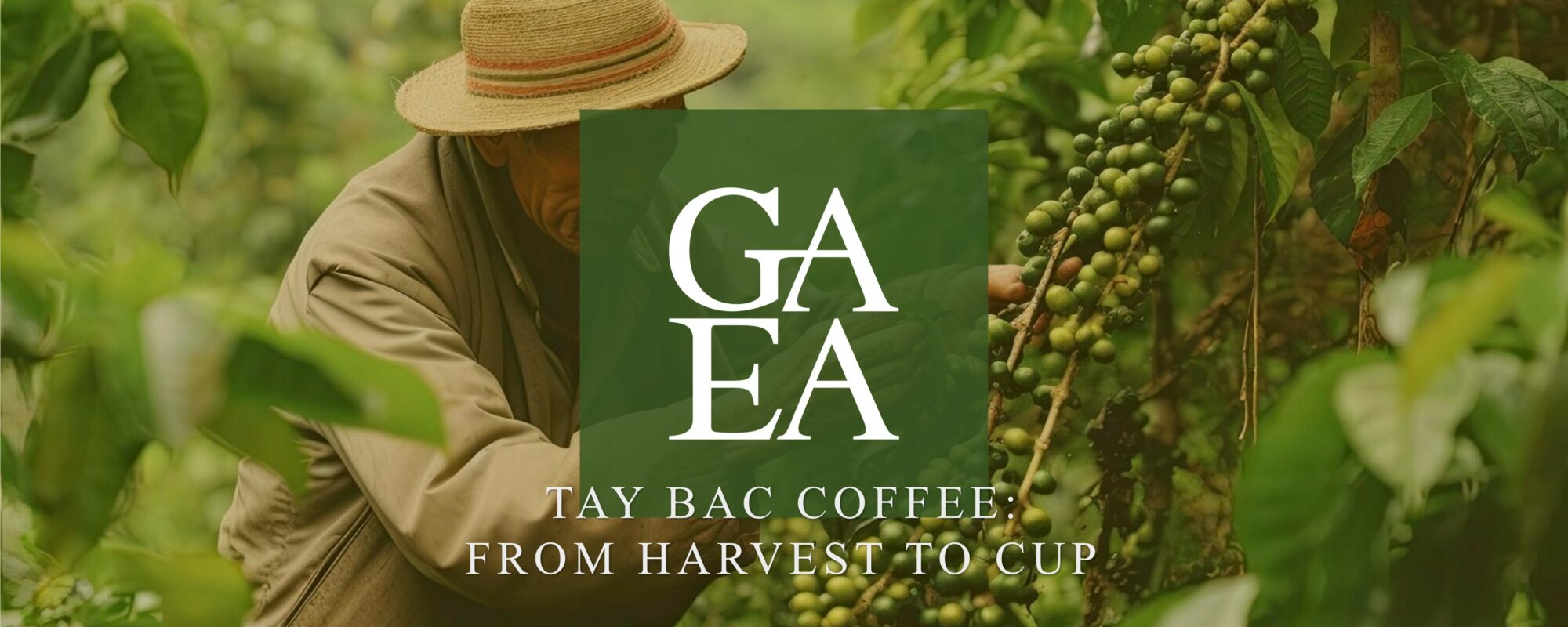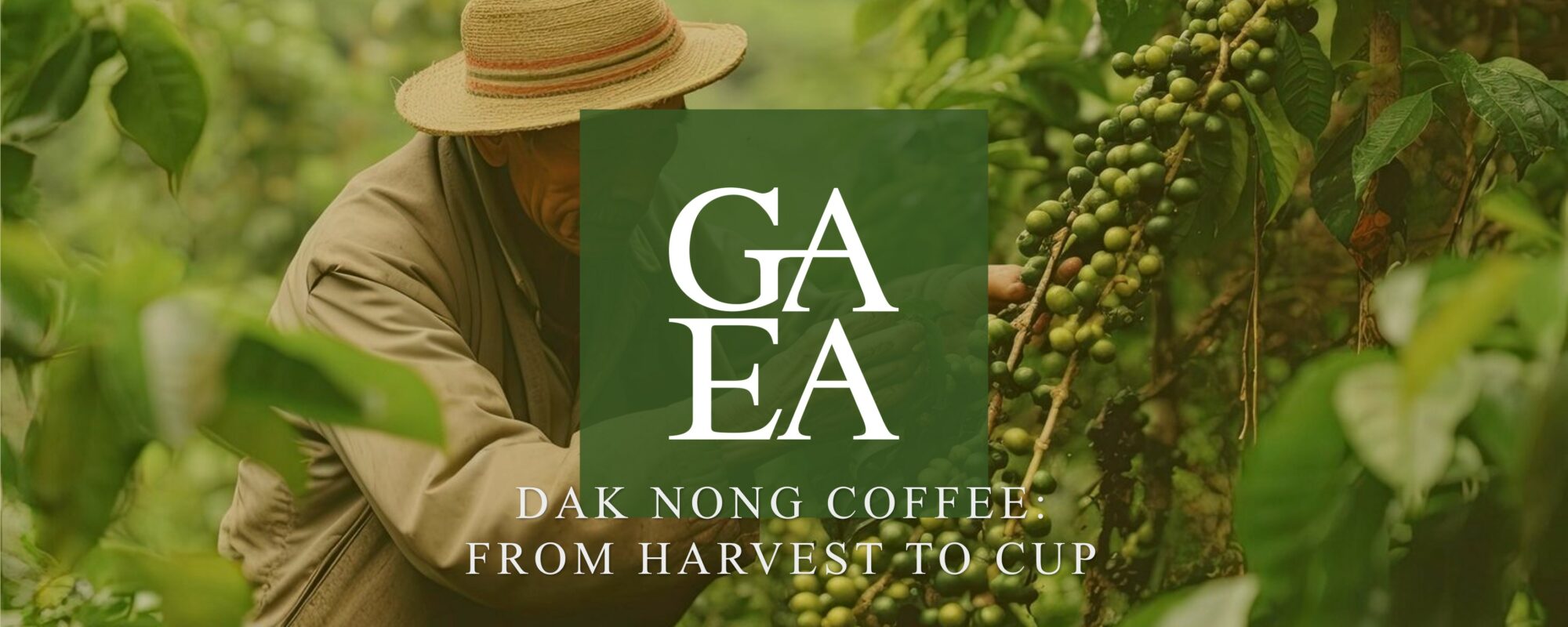Cau Dat: Coffee Analysis
Summary
Nestled in Da Lat’s southeast, Cau Dat unveils a century of history, evolving from Dr. Yersin’s 1896 exploration to becoming Southeast Asia’s oldest operational tea factory. Renowned for its Arabica haven amidst Vietnam’s Central Highlands, Cau Dat’s 1,500-hectare domain produces exceptional coffee, marked by unique flavors and aromatic richness. With meticulous quality control, Cau Dat Coffee pioneers specialty coffee, securing a spot in global supply chains, such as Starbucks. This journey through time and flavor showcases Cau Dat’s commitment to excellence and its pivotal role in advancing Vietnam’s diverse and thriving coffee legacy.
GAEA, Vietnam Sourcing & Manufacturing
Established in 2019, GAEA Vietnam Sourcing, a manufacturer and supplier, is your green coffee bean sourcing and export partner in Vietnam. We undoubtedly have the widest available assortment and are best updated on stock, prices, and the latest crops. We also manufacture and roast coffee under private or no label for brands across the hospitality, foodservice, and retail sectors, reflecting our B2B manufacturing. Our product range includes roasted whole beans and ground coffees. Read more information here: LINK.
OUR GENERAL INQUIRIES
> concierge[at]gaea-global.com
> +84 96 2544 004











